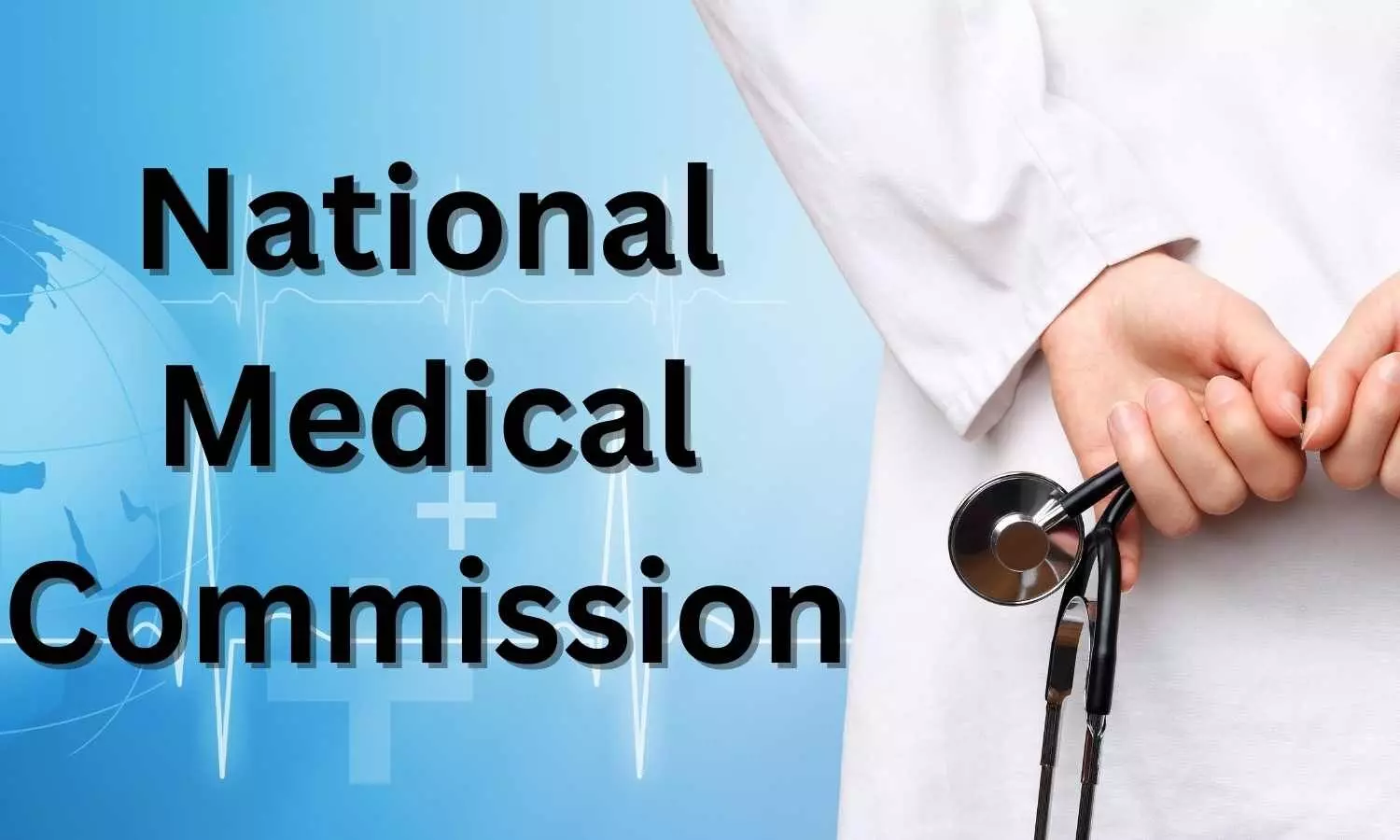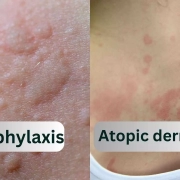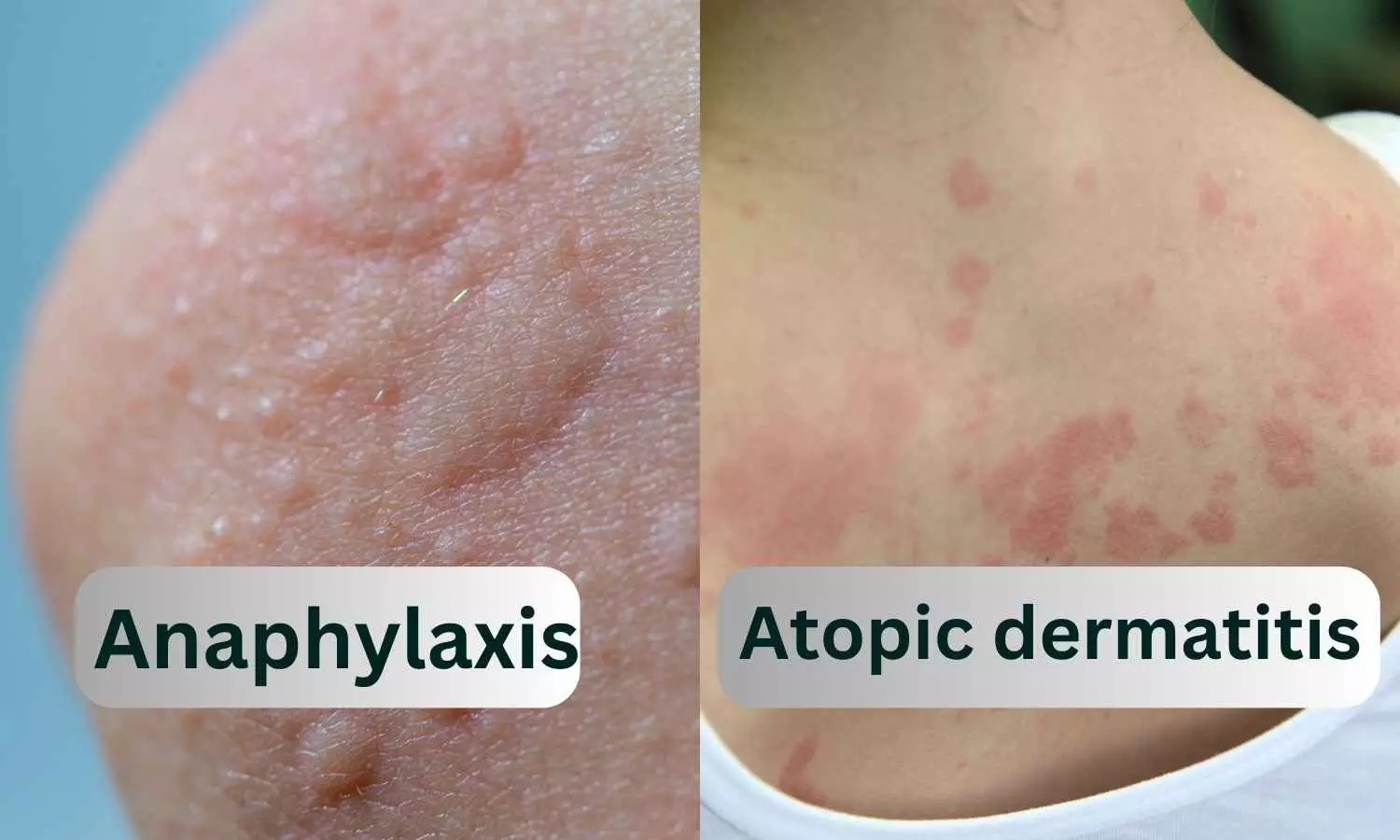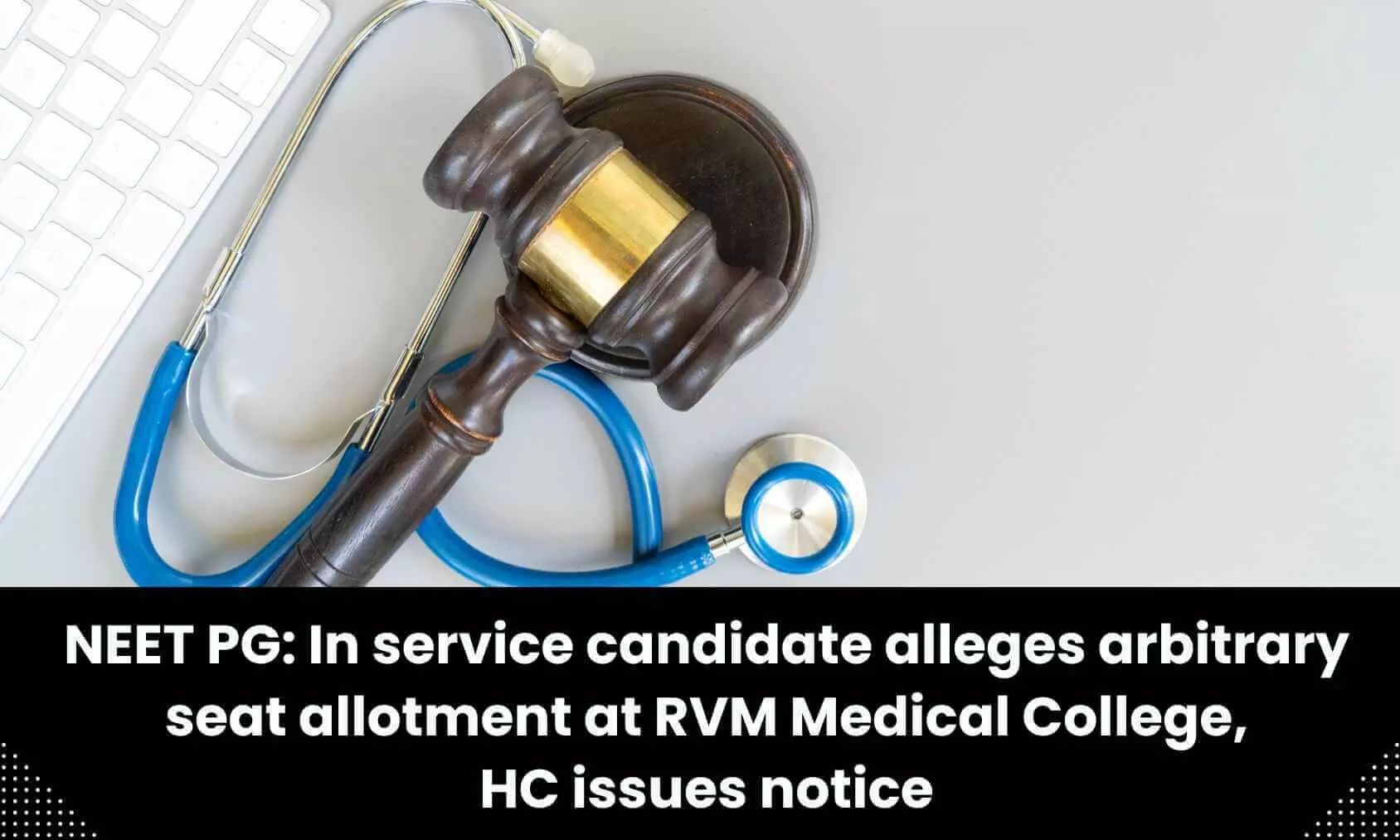
New Delhi: Few days after issuing show-cause notices to over 350 medical colleges after finding a deficiency in attendance and failure to meet required faculty requirements (Minimum Standard Requirements 2020), the National Medical Commission (NMC) has now issued a warning for the institutions directing them to strictly follow UG-MSR 2023 and MSMER 2023 otherwise their applications will not be considered and they will lose on approvals/recognition.
Earlier this month, NMC issued show cause notices to around 50 percent of medical colleges for not following standards set by them. Medical Dialogues had earlier reported that 350 out of a total of 654 medical colleges were issued the show cause for violations of the Minimum Standard Requirements 2020 including a deficiency in having the required faculty numbers.
Among these 349 medical colleges, 197 colleges are government-aided and others are private medical institutes. Show cause notice was also issued to a medical college in Kerala’s Idukki after finding a deficiency in attendance and failure to meet required faculty requirements (Minimum Standard Requirements 2020)
“Your college has failed to meet the required faculty requirement (MSR 2020) for the existing MBBS Course being run in the college for 2023-24. This has been viewed seriously by the Competent Authority. Therefore, your college is hereby directed as to why the action should not be initiated against the non-compliance of the provisions contained in MSR as well as directions issued by NMC,” read the show cause notice.
Now, through a recent notice, the Undergraduate Medical Education Board (UGMEB) of the National Medical Commission (NMC) has ordered the medical colleges to strictly follow UG-MSR 2023 and MSMER 2023 and fulfil the requirements accordingly while applying for increase of seats/Renewal of permissions/Recognition of degree/continuation of Recognition for MBBS etc.
The Apex Medical Commission issued this direction after highlighting the fact that even though 75% attendance of the faculties is a must for approval or renewal, several colleges were found deficient in this regard.
NMC has, therefore, released a list of colleges with deficient faculty attendance and asked all the medical institutes to comply with UGMSR 2023 and MSMER 2023. “…failing which, appropriate action shall be taken against the college/institution,” warned the Apex Medical Body.
The Commission has clarified that in the absence of these requirements or deficiency in any of the fields, proposals for increase of seats/renewal of permissions/recognition of MBBS degree/continuation of Recognition shall not be considered and admissions for the Academic Year 2024-2025 shall not be allowed.
Earlier, NMC UGMEB notified the “Guidelines for Under Graduate Courses under Establishment of New Medical Institutions, Starting of New Medical Courses, Increase of Seats for Existing Courses & Assessment and Rating Regulations, 2023,” or the UG-MSR 2023 on August 16, 2023 in its official Gazette.
Also Read: NMC Notifies Guidelines for MBBS Course under Establishment of New Medical Institutions, Starting of New Courses, Increase of Seats, Assessment and Rating Regulations 2023
Meanwhile, the final Graduate Medical Education Regulations 2023 came into force on June 02, 2023, the date on which it was published in the official Gazette.
Referring to these, NMC mentioned in the recent notice dated 18.12.2023, “Para 3(f) of GMER-23: provide periodic and transparent assessment of medical education being imparted by Medical Institutions across the nation to meet with highest global standards. Further, in accordance with para 3.1 (i) & (ii) of UG-MSR 2023, All Medical Colleges/Institutions shall install AEBAS to be linked to Command and Control center of NMC and the daily AEBAS of the required staff (faculty, residents and supporting staff), preferably along with face linked recognition, shall be made available to NMC as well as on the Medical College Website in the form of daily attendance dashboard. Para 3.2 also provides that it shall be mandatory to have at least 75% of the total working days (excluding vacations) for all faculty and resident doctors.”
However, the Commission highlighted that while considering the applications received from the various medical colleges for increase of seats/renewal of permissions etc, it was found that there was a deficiency in respect of the attendance of the faculties. The attendance of the faculties were scrutinized by the Apex Medical Education Regulatory Body through the Aadhaar Enabled Biometric Attendance System (AEBAS), which has now been made mandatory in all the medical colleges.
“With reference to the applications received from various medical colleges for increase of seats/ renewal of permissions/ recognition of degree / continuation of Recognition for MBBS, attendance of faculties have been observed and scrutinized in accordance with the provisions contained in MSR 2020 so as to help colleges to cope up with the actual requirement as per Regulations/Guidelines, through AEBAS for the period from 19.6.2023 to 19.9.2023. 75% attendance of the faculties which is a mandatory requirement have been found deficient,” NMC mentioned in its notice.
Issuing the notice, NMC warned the medical institutes to strictly comply with the UG-MSR 2023 and MSMER 2023 (Maintenance Of Standards Of Medical Education Regulations 2023) requirements at their earliest. The Commission clarified that in case of deficiency the applications shall not be considered for the Academic Year 2024-2025.
“All the Medical Colleges are hereby informed that they must follow the UG-MSR 2023 and MSMER 2023 and fulfill the requirements accordingly, at their earliest. In the absence of these requirements or deficiency in any of the fields, proposal for increase of seats/ renewal of permissions /recognition of MBBS degree/ continuation of Recognition shall not be considered and admissions for the Academic Year 2024-25 shall not be allowed,” NMC mentioned.
Releasing a list of deficient colleges, the notice added, “All colleges/institutions which are not reflected in the list provided with the link shown at para 5 below and have students admitted at UG level shall be required to follow UGMSR 2023 and MSMER 2023 failing which, appropriate action shall be taken against the college/institution.”
Also Read: NMC releases final Graduate Medical Education Regulations 2023, check out details
Details of the attendance of these colleges may be viewed on the link mentioned in the notice :
Step 1 Open the link in Browser ( click on the link)
Step 2 Search your Medical College name
Step 3 Open the hyper link from last column ( Download from the website).
This will open PDF file in PDF viewer.
This will open the PDF file of the faculty attendance.
To read the NMC notice, click on the link below:
https://medicaldialogues.in/pdf_upload/nmc-public-notice-228200.pdf






















